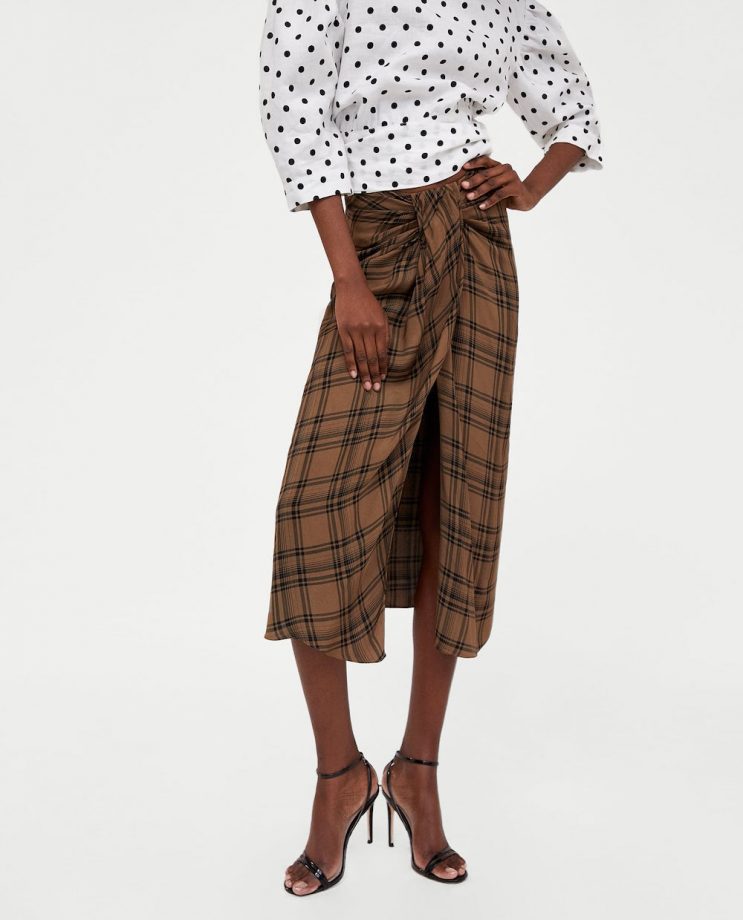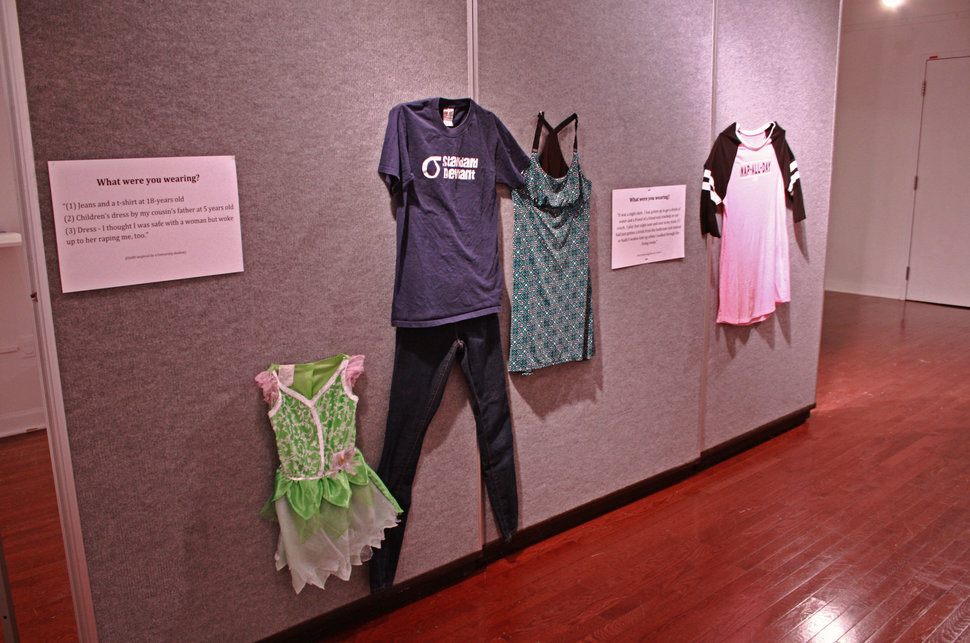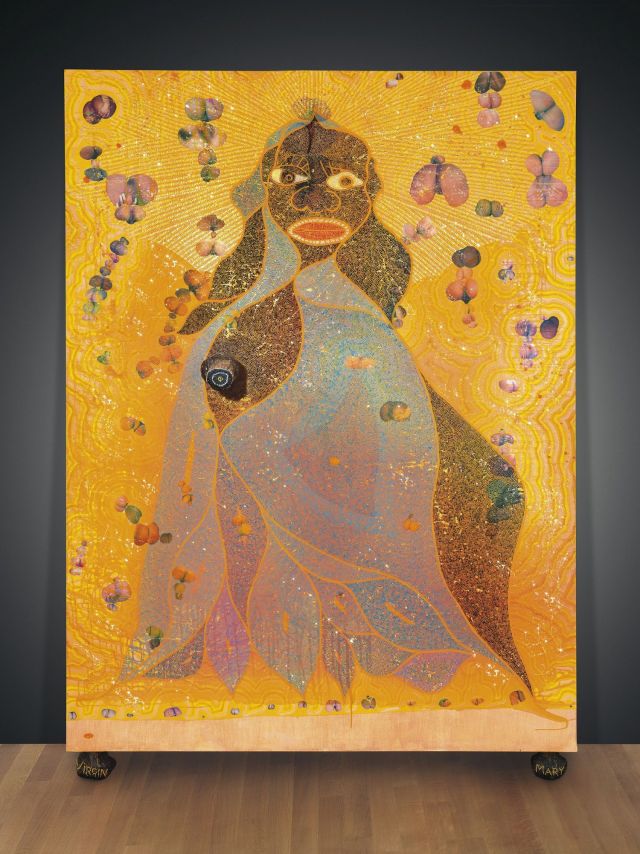The case of Minnesota Voters Alliance v. Mansky reached the Supreme Court February 28 in order to discuss Minnesota’s law involving attire while going to a polling place. In the state, the law restricts residents from having on political attire while they go to vote. Additionally, how the law is written, if a Minnesotan walks into a place to cast their vote and they are wearing anything that shows support for a candidate, a political affiliation, or their view on a ballot issue, the voter is by law, not allowed to vote.
The problem came about when Minnesota resident Andrew Cilek was temporarily not allowed to vote at his local polling place due to the fact he was was a t-shirt that had the phrase “Don’t Tread on Me” with a picture of the Tea Party logo and he was wearing a button that said, “Please I.D. Me” to make sure he could vote.
Daniel Rogan, who represents the State of Minnesota, said “Parkland Strong” would be acceptable under Minnesota Law. However, he said wearing a rainbow flag or a #metoo pin would be questionable at a polling place, depending what was on the ballot. Rogan said a shirt with text of the second amendment or representing the NRA would not be allowed.
There are two sides to the issue. The state of Minnesota says it is necessary and “reasonable” to have this law in place, as it keeps order where votes are being casted and it is does not allow someone to be victim to voter intimidation. On the other side, those who are against this law, say that it is overly broad and it violates their constitutional right to freely express their view on the candidate they want to win or on an issue.
The question at hand is simple: should it be considered a crime for one to wear a politically affiliated T-Shirt or wear a pin that represents one’s stance on an issue? Does Minnesota’s law blur the expression of freedom of speech? Should the Supreme Court overturn this law?
#fashion #freedomofexpression #politics #politicalprotest







